12 A/B Testing Case Studies for CRO Success in 2025
Explore 12 impactful A/B testing case studies that reveal strategies for boosting conversion rates and driving measurable growth in 2025.

A/B testing helps businesses make data-driven decisions to improve conversion rates. It’s a method where two versions of an element - like a webpage or ad - are tested to see which performs better. Companies using A/B testing grow revenue 1.5 to 2 times faster, and statistically significant tests can boost conversion rates by 49%. With the average conversion rate across industries at 6.6%, small optimizations can lead to big results.
Key Lessons from 12 Case Studies:
- Small changes matter: Adjusting a CTA button text doubled sign-ups for Going.
- Simplify processes: Streamlined forms and checkouts increased conversions for PayU and Intertop.
- Personalization works: AI-driven content improved engagement for World of Wonder.
- Timing is critical: Delayed pop-ups led to better leads for Broomberg.
- Mobile optimization: Focusing on mobile design boosted results for New Balance Chicago.
These examples show that by focusing on user behavior, testing one variable at a time, and prioritizing simplicity, businesses can achieve measurable improvements in conversion rates.
Quick Comparison of Case Studies:
| Company | Focus Area | Change Made | Result |
|---|---|---|---|
| Going | CTA Text | "Start Free Trial" → "Get Premium Access" | Doubled sign-ups |
| World of Wonder | AI Personalization | Static → Dynamic content | Higher conversions |
| New Balance Chicago | Mobile UX | Simplified navigation | Increased store visits |
| Broomberg | Pop-up Timing | Immediate → Delayed display | Better lead quality |
| PayU | Form Optimization | Fewer fields, smart validation | Higher completion rates |
| Intertop | Checkout Flow | Multi-page → Single page | More completed purchases |
These case studies highlight actionable strategies to improve CRO through A/B testing. Start with user insights, test small changes, and focus on frictionless experiences to see results.
The A/B Testing Wizard: Sahil Pstel on CRO Secrets for B2B SaaS Success
How We Selected and Analyzed These Case Studies
To help drive CRO success in 2025, we carefully chose A/B testing case studies that provide measurable results and practical takeaways. These selections build on the CRO basics discussed earlier, and here’s a closer look at how we approached the process.
Selection Criteria for Case Studies
We focused on case studies that showed clear conversion improvements, covered a range of industries, followed well-documented methods, and offered insights that could be applied in various contexts. This deliberate approach ensures the examples we highlight are both relevant and impactful.
Standard A/B Testing Process
A/B testing typically begins with a hypothesis grounded in data. From there, a control version and a variant - differing by just one element - are created. The test runs long enough to gather reliable, statistically significant results. Once a winner is identified, it’s analyzed for insights and often becomes the new control for future experiments. This structured process is key to achieving the measurable outcomes discussed earlier.
Common A/B Testing Tools and Methods
The case studies relied on tools like split-testing platforms, heatmaps, user session recordings, and short surveys to measure both conversions and user engagement. Many also tracked secondary metrics such as time spent on a page, bounce rates, and overall engagement levels.
12 A/B Testing Case Studies with Proven Results
These examples highlight how A/B testing has driven measurable conversion improvements across various industries. Each case study provides practical insights you can apply to your own CRO efforts.
Case Study 1: Going – Tweaking CTA Button Text
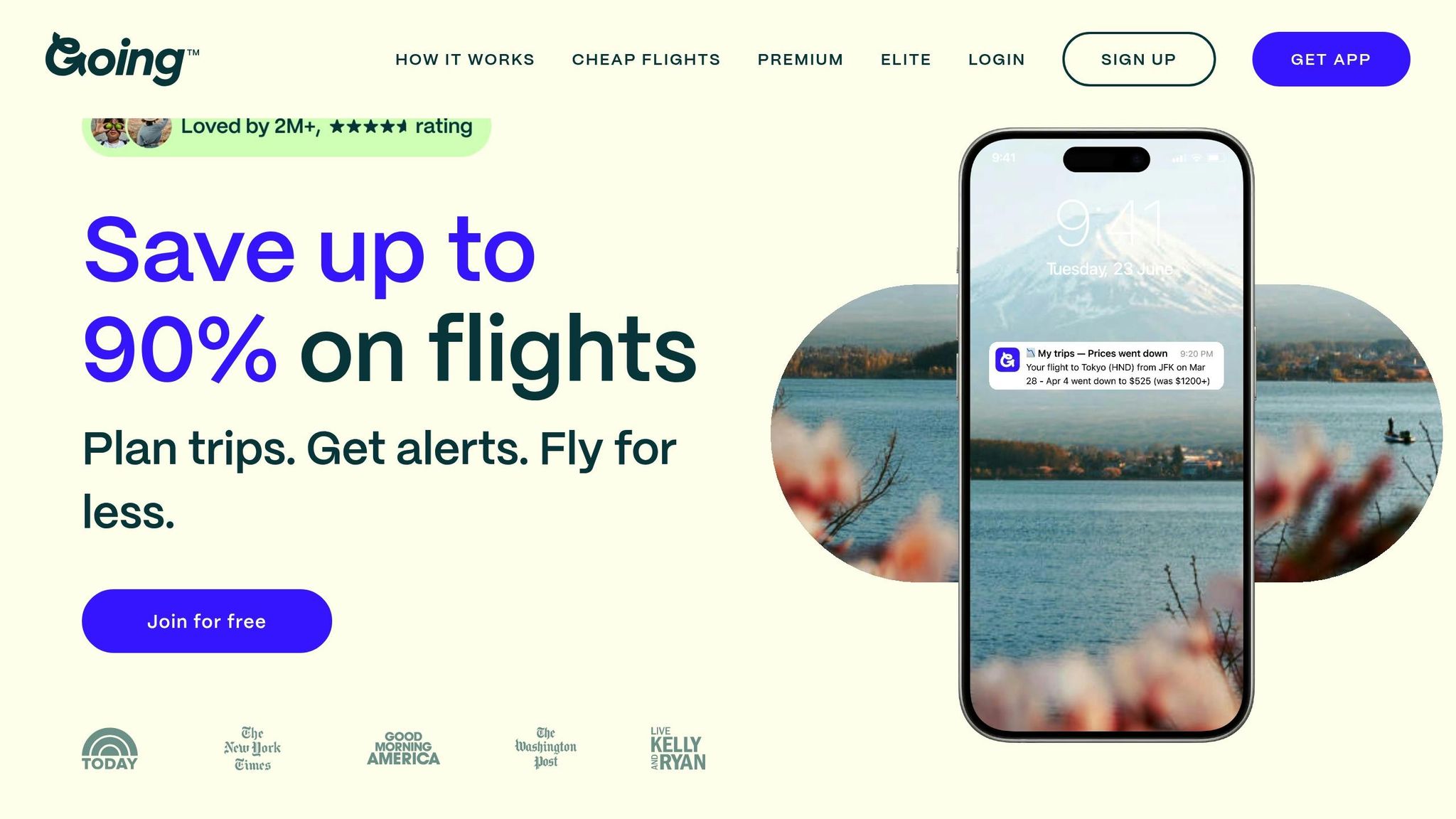
Going, a platform for travel deals, tested two call-to-action (CTA) options on their landing page: "Start Free Trial" and "Get Premium Access." The latter doubled their trial sign-ups.
Key takeaway: Small text changes that emphasize value and exclusivity can significantly influence user decisions.
Case Study 2: World of Wonder – Using AI for Personalization
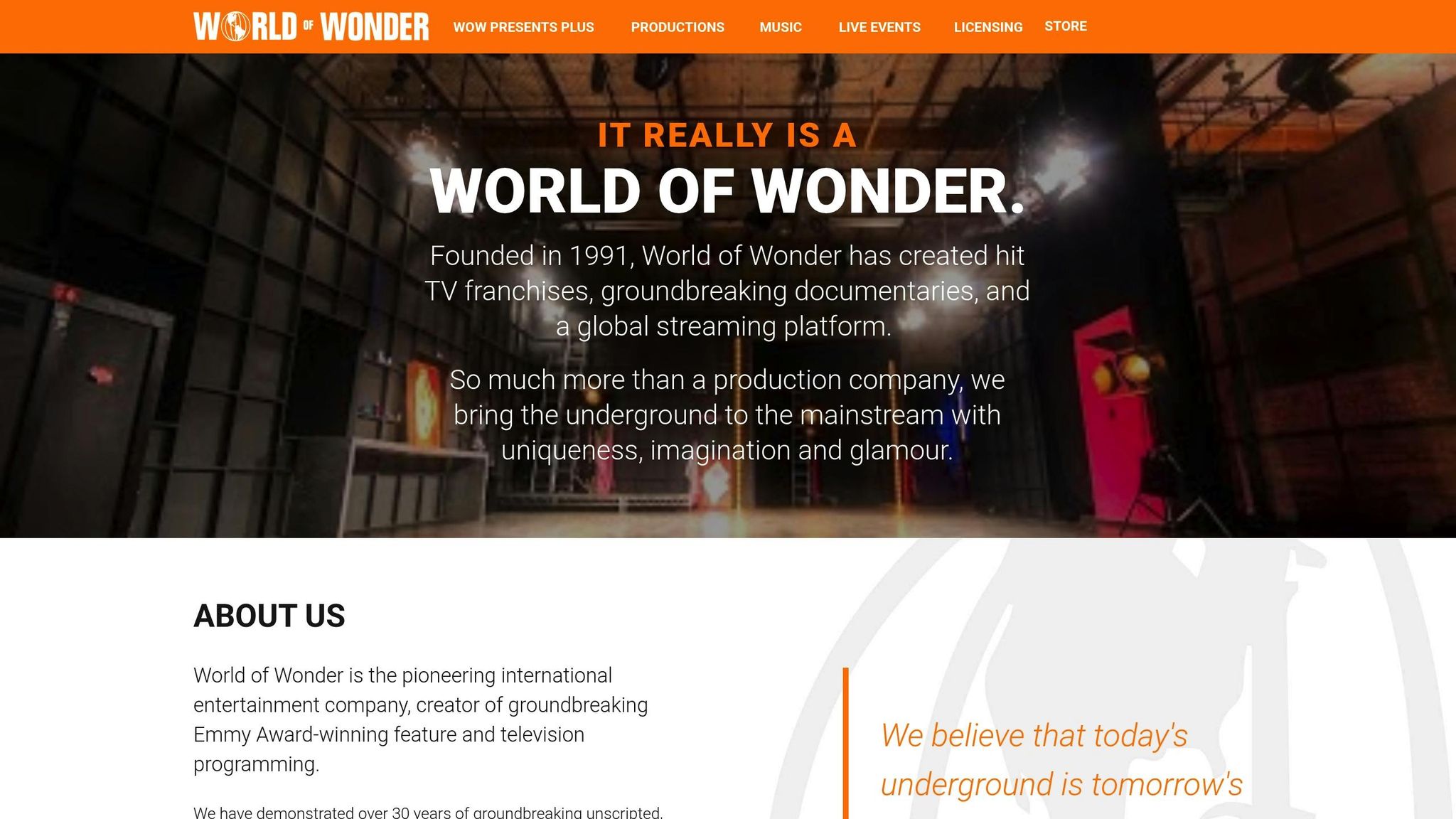
World of Wonder enhanced its streaming service by using AI to customize landing page elements. Adjustments to visuals, headlines, and content recommendations based on user behavior led to better conversions.
Key takeaway: AI can help identify subtle user behavior patterns, enabling more precise personalization strategies.
Case Study 3: New Balance Chicago – Mobile Landing Page Improvements
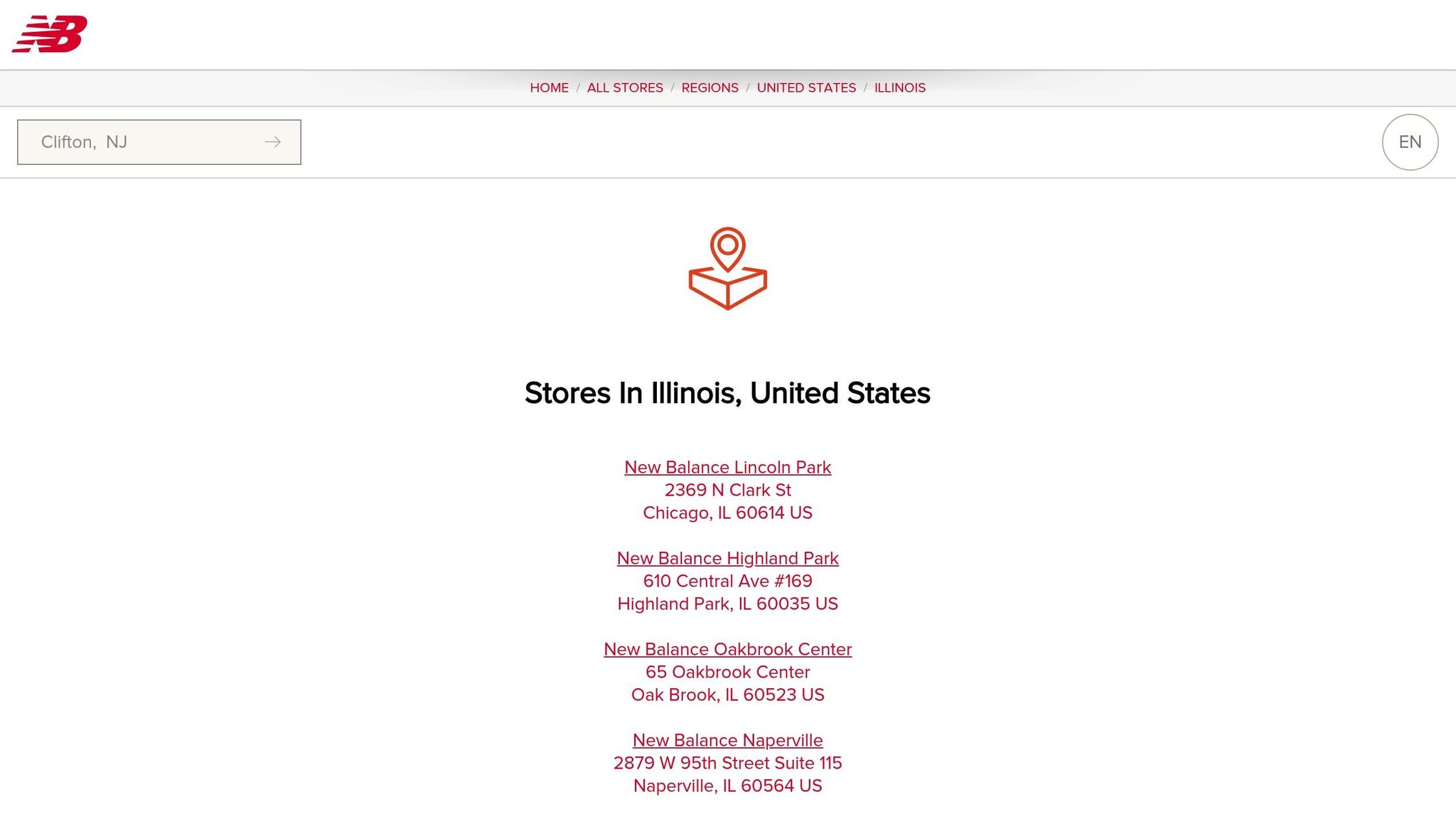
New Balance Chicago created a mobile-optimized landing page with larger product images, simplified navigation, and clear store location details. This redesign increased in-store visits from online users.
Key takeaway: Mobile-first design requires rethinking the customer journey to connect online browsing with offline actions.
Case Study 4: Broomberg – Timing Pop-Ups for Better Lead Capture
Broomberg tested two approaches for pop-up timing: immediate display versus delayed activation after user interaction. Delayed pop-ups resulted in higher-quality email sign-ups.
Key takeaway: Giving users time to engage with content before showing a pop-up enhances both their experience and the quality of leads.
Case Study 5: Later – Gated Content for Lead Generation
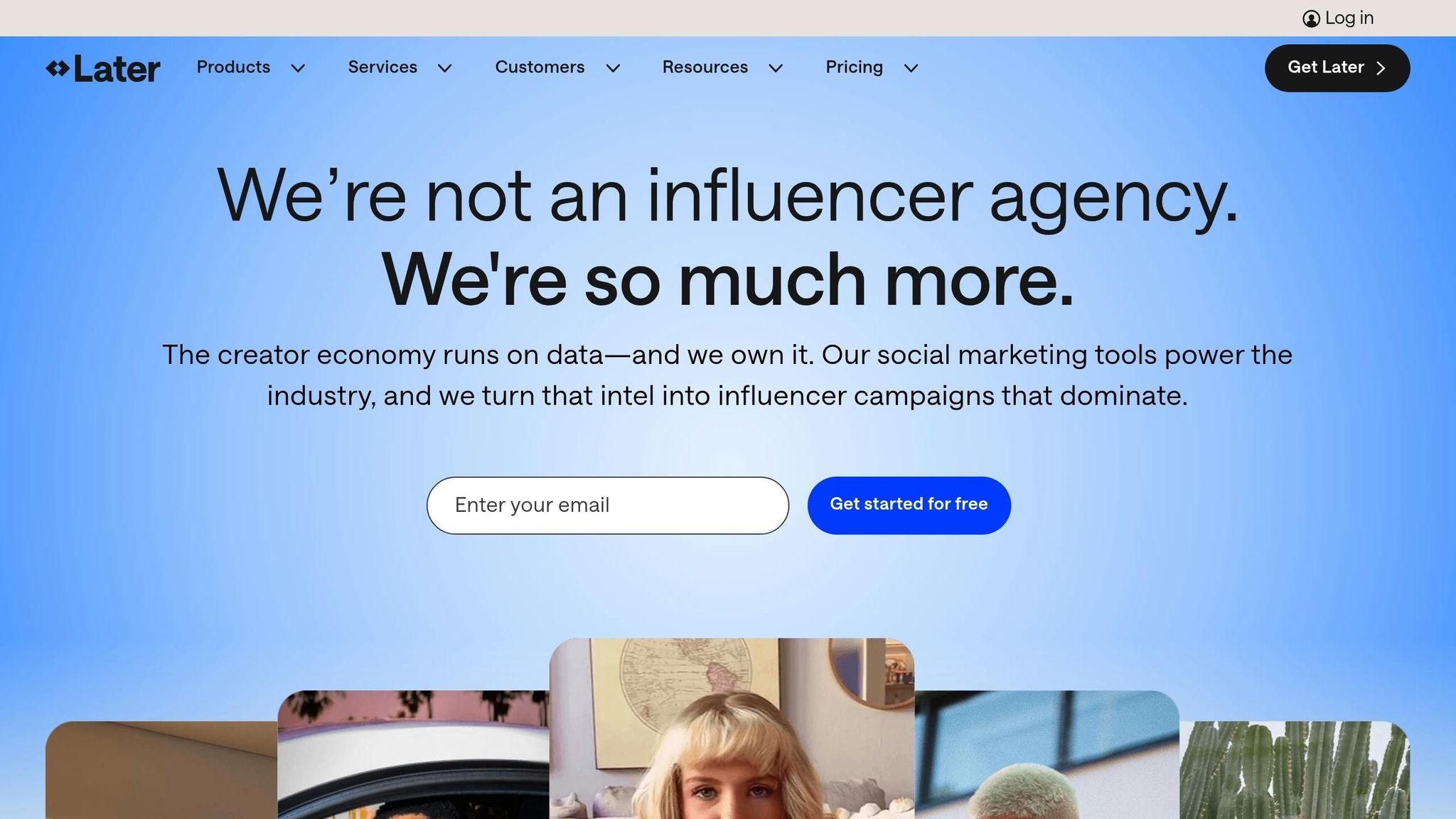
Later compared open-access downloads with email-gated options for premium marketing guides. The gated version not only boosted lead generation but also expanded their email list.
Key takeaway: Clearly showcasing the value of premium content can make users more willing to provide their contact information.
Case Study 6: PayU – Simplified Checkout Forms
PayU optimized its merchant onboarding by reducing the number of required form fields and adding smart validation features. These changes led to higher conversion rates.
Key takeaway: Simplifying forms and reducing friction makes the user experience smoother and increases conversions.
Case Study 7: Ubisoft – Progressive Profiling for Leads
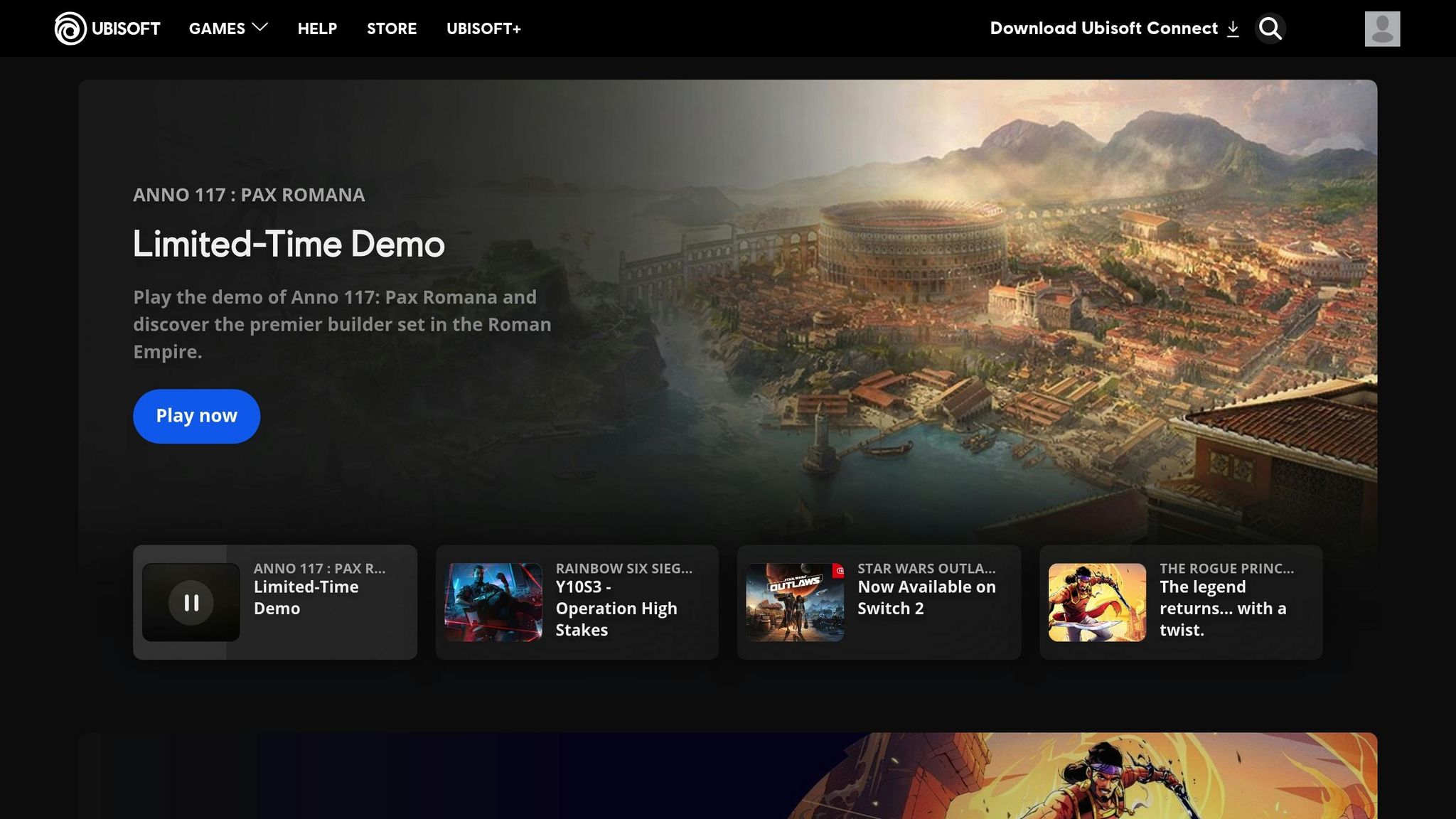
Ubisoft tested alternative forms for pre-registration campaigns. By using progressive profiling to collect relevant data over time, they improved both the quantity and quality of leads.
Key takeaway: Customizing lead capture forms to collect meaningful information builds stronger, long-term audience engagement.
Case Study 8: Intertop – Streamlined Checkout Process
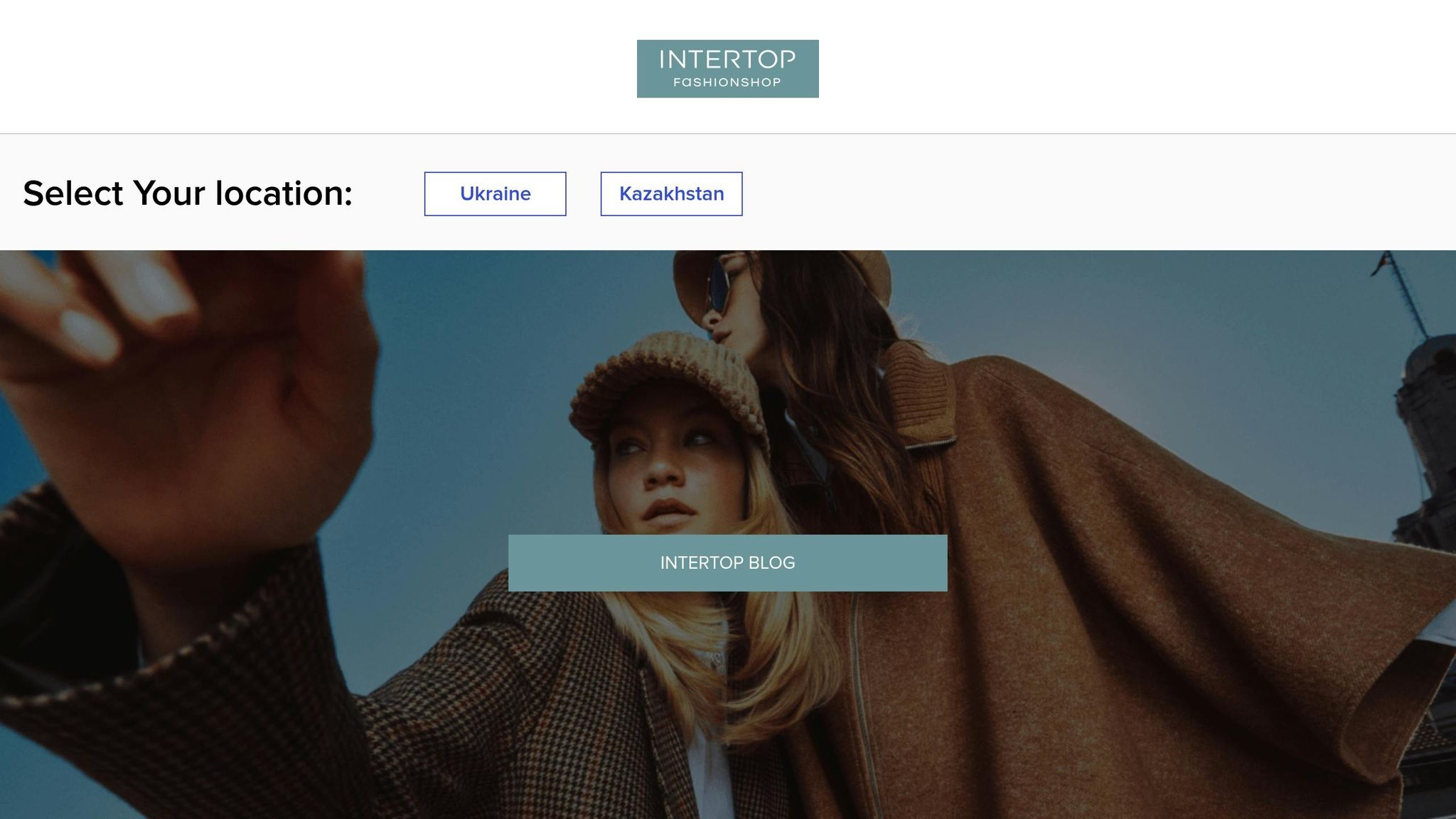
Intertop redesigned its checkout experience, moving from a multi-page process to a single, guest-friendly page. This change resulted in a significant increase in completed purchases.
Key takeaway: Simplifying the checkout process removes barriers and encourages more users to complete their transactions.
Case Study 9: Fashion Store on Shopify – Personalized CRO Tactics

A fashion retailer on Shopify introduced personalized product recommendations, urgency messaging, and social proof elements. These strategies boosted email sign-ups and purchase conversions, especially among returning customers.
Key takeaway: Tailoring strategies to different customer segments can create a ripple effect, improving conversions across multiple touchpoints.
Case Study 10: Taylor Made Marketing – Building Trust Through Iterative Testing
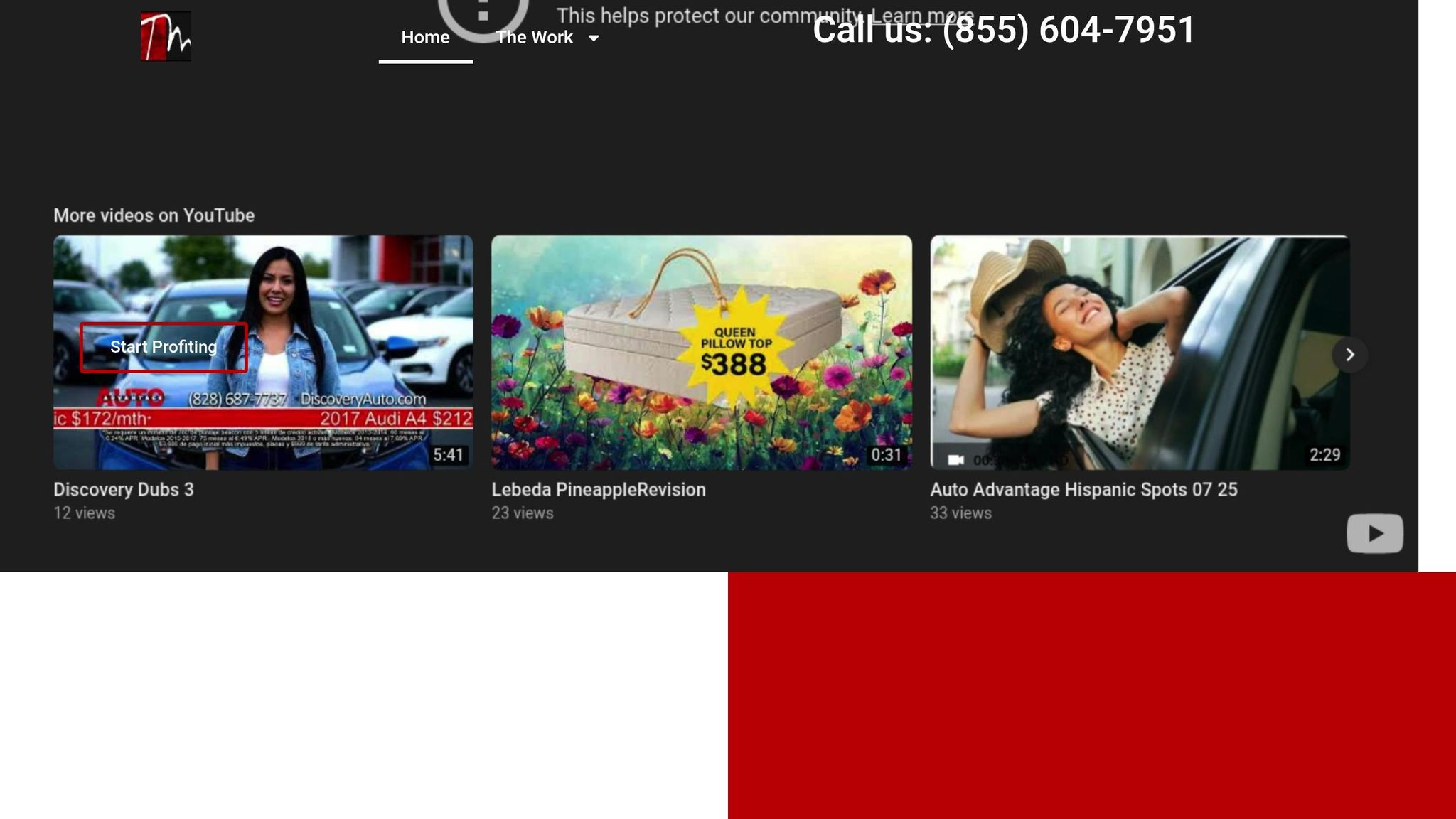
Taylor Made Marketing focused on A/B testing for home improvement landing pages, emphasizing local trust signals and service-specific messaging. Their consistent, long-term testing approach steadily improved conversion rates for qualified leads.
Key takeaway: A commitment to ongoing testing and refinement leads to sustainable conversion growth over time.
Case Study 11: SaaS Product – Refining Email Subject Lines
A B2B SaaS company tested feature-focused versus benefit-driven subject lines in its onboarding emails. The benefit-driven approach led to higher engagement rates.
Key takeaway: Clear, benefit-oriented messaging throughout the customer journey can enhance engagement and conversions.
Case Study 12: Food Delivery App – Simplifying the App Interface
A regional food delivery app replaced its traditional multi-step ordering process with a streamlined, visually focused interface. This update boosted order completion rates, particularly during peak hours.
Key takeaway: Simplifying mobile app interfaces reduces friction, making it easier for users to complete actions and increasing overall conversions.
Comparing A/B Testing Strategies Across Industries
This section dives into how different industries approach A/B testing, using twelve case studies to highlight the tailored strategies businesses employ to achieve data-driven CRO (conversion rate optimization) results. The table below provides a snapshot of these approaches, showcasing the unique focus areas, changes implemented, and challenges faced across various sectors.
Comparison Table of A/B Testing Approaches
| Company | Industry | Focus | Change | Result | Challenge |
|---|---|---|---|---|---|
| Going | Travel | CTA Text | "Start Free Trial" → "Get Premium Access" | Boost in sign-ups | Value perception |
| World of Wonder | Entertainment | AI Personalization | Static → Dynamic content | Higher conversions | User behavior analysis |
| New Balance Chicago | Retail | Mobile UX | Complex → Simplified navigation | Increased store visits | Online-to-offline tracking |
| Broomberg | Business Services | Pop-up Timing | Immediate → Delayed display | Better lead quality | User experience balance |
| Later | Marketing SaaS | Content Gating | Open access → Email required | Expanded email list | Content value justification |
| PayU | Fintech | Form Optimization | Multiple fields → Streamlined | Higher completion rates | Security vs. simplicity |
| Ubisoft | Gaming | Lead Capture | Standard → Progressive profiling | Quality improvement | Data collection timing |
| Intertop | E-commerce | Checkout Flow | Multi-page → Single page | Significant purchase increase | Process simplification |
| Fashion Store on Shopify | E-commerce | Personalization | Generic → Targeted recommendations | Multi-touchpoint improvement | Segment identification |
| Taylor Made Marketing | Home Services | Trust Signals | Generic → Local messaging | Steady conversion growth | Long-term commitment |
| SaaS Product | B2B Software | Email Marketing | Feature-focused → Benefit-driven | Higher engagement | Message clarity |
| Food Delivery App | Food Tech | Interface Design | Complex → Visual-focused | Better completion rates | Peak-hour optimization |
Common Patterns and Insights
While the specifics vary, certain trends emerge across industries that consistently drive success. Simplification stands out as a recurring theme. Businesses across the board streamlined processes - whether through shorter forms, simplified navigation, or condensed checkout flows - resulting in smoother user experiences and improved conversions.
Mobile optimization also played a key role. For example, New Balance Chicago and the food delivery app tackled mobile-specific challenges, ensuring their interfaces worked seamlessly on smaller screens. Timing and personalization strategies, however, differed by industry. B2B companies like the SaaS product and Ubisoft leaned on gradual engagement tactics, such as progressive profiling, while consumer-focused brands like Going and Fashion Store on Shopify prioritized immediate value delivery through personalized messages.
Building trust was another central focus, though the methods varied. Service-based businesses like Taylor Made Marketing relied on localized messaging to establish credibility, while tech-driven brands like World of Wonder leveraged AI to deliver relevant, confidence-boosting content.
The level of investment in testing tools also shaped strategies. Larger companies like Ubisoft and New Balance Chicago utilized advanced testing infrastructures, while smaller businesses achieved notable results with simpler adjustments, such as tweaking CTA text or optimizing forms.
Each sector faced its own challenges. E-commerce brands grappled with cart abandonment and checkout friction, SaaS companies worked to convert free trials into paid users, and service businesses sought to connect online interactions with offline experiences. Despite these differences, the shared goals were clear: reduce friction, build trust, and communicate value effectively.
Key Lessons and Next Steps for CRO Success
Twelve case studies reveal that effective A/B testing thrives on understanding user behavior and making decisions backed by data. Whether you're running a small business or a global enterprise, these principles apply across the board.
Main Takeaways from the Case Studies
Start with user behavior insights. The most impactful tests began with a deep dive into how users interacted with websites. For example, Going saw success by switching their CTA from "Start Free Trial" to "Get Premium Access." Why? They realized users were looking for immediate value rather than another trial. Similarly, PayU simplified their checkout forms after noticing users abandoning overly complex processes.
Small tweaks can deliver big wins. You don't need a full site overhaul to see results. Broomberg delayed pop-ups instead of showing them immediately, which improved lead quality without changing the design. A SaaS company saw higher email engagement by shifting from feature-focused subject lines to benefit-driven ones - just by rethinking their wording.
Make mobile optimization a priority. With mobile traffic dominating, focusing on smaller screens and touch interactions is critical. Both New Balance Chicago and a food delivery app saw measurable improvements by enhancing their mobile user experience.
Test one variable at a time. The clearest insights came from isolating single elements. For instance, Intertop revamped their checkout flow by moving from a multi-page to a single-page structure. This focused approach made it easy to link their purchase increase directly to that change.
Timing is as crucial as content. When users encounter elements can make or break conversions. Later’s gated content strategy and Broomberg’s delayed pop-ups worked because they delivered the right offers at the right points in the user journey.
By applying these lessons, you can refine your own approach to conversion rate optimization (CRO).
Building Your CRO Skills with Upskillist
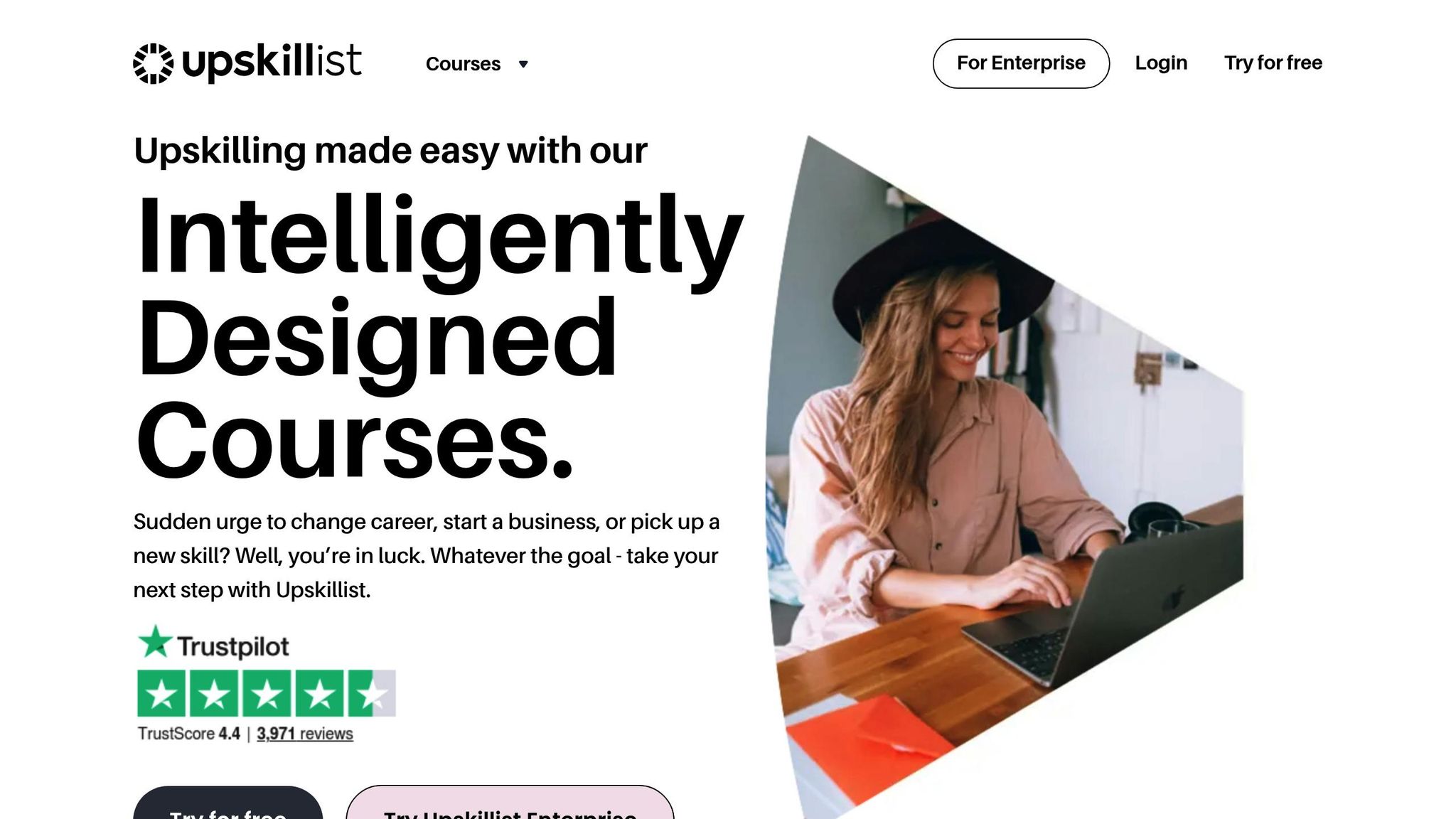
Turning casual visitors into paying customers requires both strategy and technical know-how. Upskillist offers in-depth courses designed by industry professionals, covering everything from A/B testing basics to advanced CRO techniques.
What sets Upskillist apart? Their AI-powered tools create personalized learning paths, offering practical strategies you can apply right away. Whether you're a marketer aiming to boost campaign results or a business owner optimizing your website, these courses provide actionable insights.
With flexible schedules and lifetime access, you can learn at your own pace while experimenting with new techniques on real projects. Plus, their 7-day free trial gives you full access to premium content and AI-driven features, so you can explore CRO strategies risk-free.
How to Start A/B Testing Today
Ready to launch your own A/B tests? Here’s how to get started:
- Define your conversion goal. Whether it's signups, purchases, or demo requests, a clear goal helps you design meaningful experiments and measure success accurately.
- Choose the right testing tool. For simple tests like changing a CTA button, basic tools work fine. More complex experiments may require advanced platforms. Start by analyzing your website data to understand user behavior before investing in specialized software.
- Focus on quick wins. Tackle high-impact areas like headlines, CTA buttons, form fields, and checkout processes. These are often the easiest to adjust and can yield fast results.
- Let tests run their course. Don’t stop tests prematurely. Waiting until statistical significance ensures reliable results. Many case studies ran tests for at least two weeks to account for traffic patterns and seasonal variations.
- Document everything. Keep detailed records of your hypotheses, test setups, and outcomes. This helps you avoid repeating mistakes and builds a library of successful strategies.
The companies featured in these case studies embraced a culture of ongoing, incremental improvements. By starting small and scaling your efforts over time, you can see meaningful gains in your own conversion rates. Focus on testing, learning, and refining - one step at a time.
FAQs
What are some practical ways small businesses can use A/B testing to boost conversion rates?
Small businesses can make the most of A/B testing by starting with a clear objective, whether that's boosting click-through rates or driving more sales. The key is to focus on testing one element at a time - this could be a headline, a call-to-action button, or even the layout of a webpage. Testing just one variable ensures you get accurate results without muddying the waters.
It's also important to let your tests run long enough to gather enough data for reliable insights. When creating variations, base them on what you know about your audience's behavior. Avoid overwhelming the process by changing too many things at once - keeping it simple helps you pinpoint what really works.
Regularly reviewing the results is essential. Look for patterns and use those insights to fine-tune your strategy. By staying consistent and letting the data guide your decisions, small businesses can steadily improve their conversion rates and achieve meaningful growth.
What challenges do companies face with A/B testing, and how can they address them effectively?
Companies frequently encounter hurdles when conducting A/B tests. Common issues include achieving a sufficient sample size for reliable data, dealing with technical glitches such as slow-loading pages or tracking inaccuracies, and navigating complex testing environments - especially in sectors like B2B, where decisions often involve several stakeholders.
To overcome these challenges, it’s crucial to plan ahead. Start by calculating the necessary sample size to ensure your results are statistically sound. Invest in a solid technical setup to minimize errors and downtime. Additionally, customize your testing strategies to suit your industry. For instance, in B2B, aligning tests with the decision-making process can lead to more actionable insights.
Why is mobile optimization crucial in A/B testing, and how can businesses improve the mobile experience?
Mobile optimization plays a huge role in A/B testing, especially since so much online traffic now comes from mobile devices. A smooth and intuitive mobile experience can make a big difference when it comes to keeping users engaged and increasing conversions.
To enhance the mobile experience, businesses should prioritize understanding how users interact on mobile, set specific goals for their tests, and conduct well-organized A/B experiments. Some effective tactics include simplifying navigation, improving page load times, and creating layouts that work seamlessly on smaller screens. Regularly reviewing test results and making adjustments based on the data helps ensure the experience meets the needs of mobile users.

